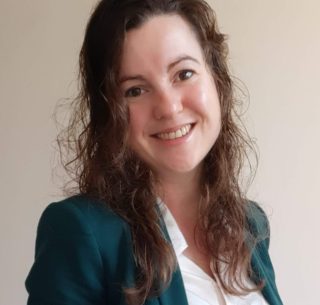Distinguishing Imagination and Reality in the Human Brain
In 2018, I gave my first brain meeting presenting research showing that visual mental imagery engages sensory brain systems in a similar way as perception of the outside world. This overlap leads to a potential problem: given that the same system is used, how do human observers determine whether brain activity reflects reality or imagination? During the past five years at the FIL, I have been trying to find an answer to this question. We first developed a novel psychophysical paradigm which revealed striking confusions between imagery and perception in healthy participants. Next, we developed a ‘reality threshold’ model that could explain these behavioral results. According to the model, imagery and perception are distinguished based on signal strength so that imagery gets confused for perception when it gets too vivid. We show that in the brain, activity in bilateral fusiform gyrus tracks this signal strength and predicts confusions between imagery and perception on a trial-by-trial basis. In the next five years, my lab will investigate how other factors such as intentional control and environmental context influence reality monitoring and to what extent these processes are altered in psychiatric disorders.
